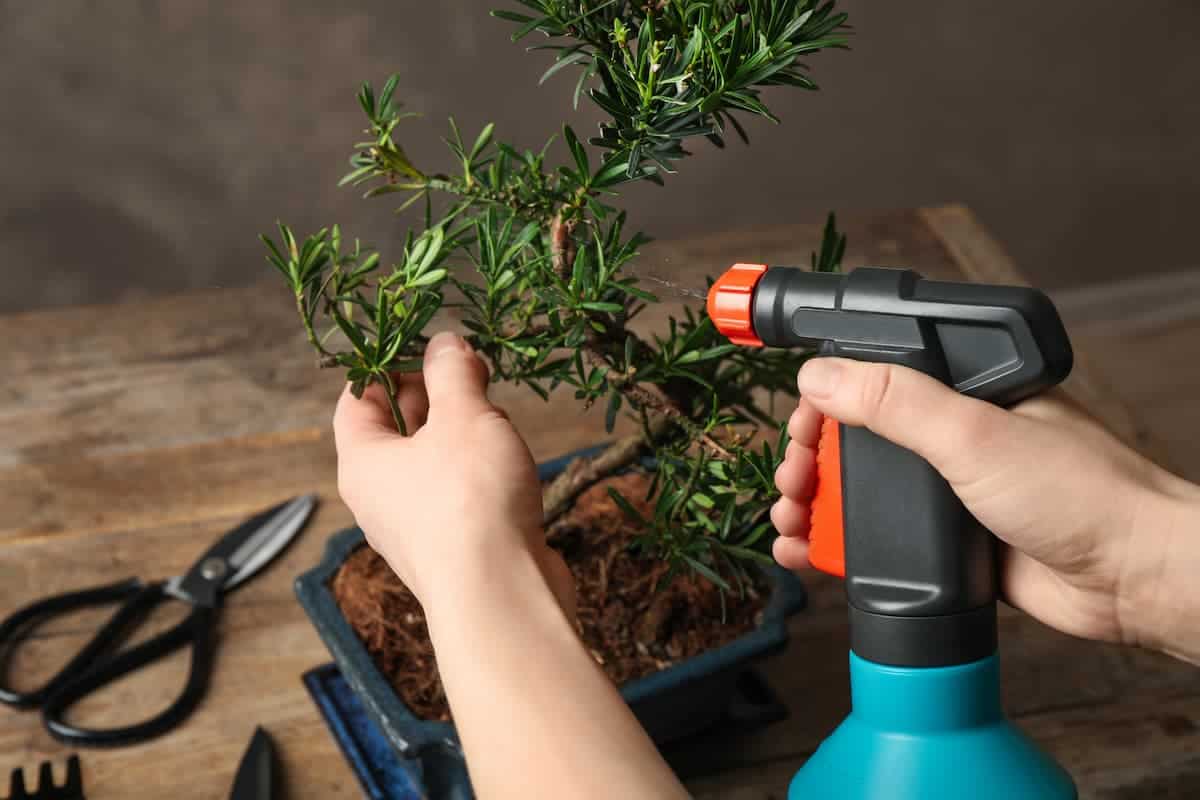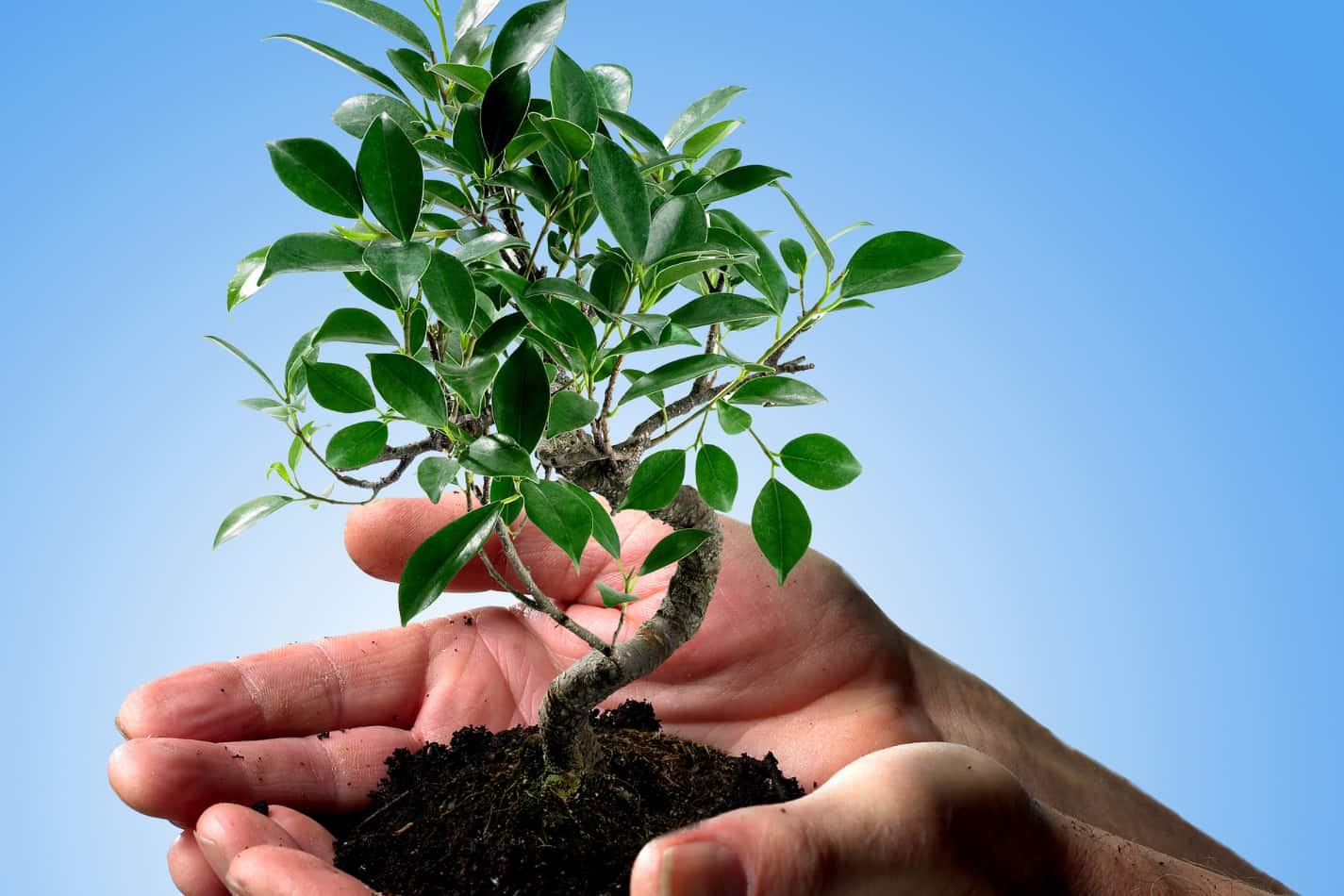Are you looking for the purpose of Bonsai humidity tray in growth? Search no further! This article has all you need to know about the subject.
To begin with, for optimal bonsai health, maintaining sufficient moisture levels is critical. Bonsai humidity trays keep humidity at the optimal level for bonsai without the risk of root rot caused by overwatering.
Humidity trays are ideal for maintaining the humidifying effects sought by bonsai while avoiding root rot. Read on to learn more!
What is the purpose of the Bonsai humidity tray in growth?
The short answer is; Bonsai humidity trays are hired to keep your plant moist while also preventing water leakage. Most bonsai humidity trays are packed with absorbing stone-like pebbles or charcoal to assist in moisture distribution properly.
Why should I use a bonsai humidity tray?
The Bonsai humidity tray is often known as “drip” trays for obvious reasons. The bottoms of most bonsai tree pots feature holes to allow excess water to drain.
A bonsai tree is typically watered thoroughly in a sink or bathtub then allowed to drain before being re-displayed. Water seepage is still common, harming the display area’s surface.
The watermarks that result can damage the polish of hard surfaces, particularly wood. These drainage pores can trap moisture in the soil, causing varnished surfaces to bubble and break. A humidity tray provides a dual role by creating a barrier between the container and the display surface.
It covers the exhibition area’s surface and provides much-needed humidity to the growing bonsai tree.
Investing in a humidity tray is one of the things everyone will ponder about and will want to try it out, primarily because the bonsai kept drying up indoors. After all, humidity trays have been used to supply moisture to many plants in arid conditions. So, how do you use a humidity tray with bonsai trees?
To use bonsai humidity trays, employ the following tips.
- Choose one that is large enough to hold your bonsai and its pot.
- Fill the tray with stones, gravel, or charcoal until the layer of stones is an inch thick.
- Fill the humidity tray with water until it is full, then place your bonsai in the center.
Steps to Consider when using bonsai humidity trays.
1. Choosing the right size:
Bonsai trees usually come in different sizes, so you must choose the right size. If you choose a tray that is too tiny, your plant will not receive enough hydration, and the water may spill onto the area around your tray.
If you choose a too large tray, your plant may receive too much water. Yes, it also goes to even for Bonsais and will take up a lot of space.
2. Fill the container with your preferred material.
After you’ve sorted your tray, the next step is to choose the material you’ll use to fill it.
Pebbles from any garden store can work best because they are known to be waterproof, but other materials such as charcoal or gravel also work well.
Fill your tray to the brim with your chosen material once you’ve chosen it.
However, be careful not to go over the tray’s lip. You may discover that your pebbles or gravel are uneven, so spread them out until you have a lovely flat layer.
3. Fill the container with water.
It’s now time to moisten the humidity tray, simply fetch some cold water and pour it immediately upon the stones until they’re completely covered.
It’s typical for some water to be absorbed between the cracks in your stone, so don’t panic if you don’t feel like you have enough.
4. Plant in the appropriate location
Finally, our bonsai must be included. Simply set your bonsai in the center of the moisture tray (with its plant pot) to begin making use of the tray’s benefits.
If you can, keep the plant as far away from all four corners as possible.
Can you stop watering your plant if you use a bonsai humidity tray?
If you use a humidity tray, make sure to water your plant regularly. All bonsai trees, regardless of species, require daily watering to better acclimate to their surroundings and stay healthy.
A humidity tray is a fantastic way to keep as much moisture as possible near your plant, but it is not a substitute for watering your plant at least once a day.
Some people propose filling humidity trays with water and taking them with you when you go overseas for a few weeks, but this will not work.
In most nations, bonsais, regardless of design or breed, require at least once daily watering therefore leaving your bonsai for so long will only cause it to wither and perish.
What should you avoid when using bonsai humidity trays?
- If you choose to use a humidity tray to keep your bonsai moist, there are a few things you should avoid.
- To achieve uniform moisture distribution throughout your plant, use the same material in your tray.
- You must endeavour to water your bonsai regularly and not rely on the humidity tray.
- Try not to move your humidity too much. Some bonsai breeds are extremely sensitive to the climate around them, so causing as little damage as possible is essential.
- Water the stones in your bonsai humidity trays regularly. The best choice is to feel the pebbles; if they feel dry, it’s time to water again for most plant kinds, once every few days is sufficient.
Should I use humidity trays for my bonsai?
Bonsai humidity trays are an excellent solution that is not time-consuming to provide moisture and avoid undesirable messes when it comes to watering your bonsai.
However, the scientific evidence supporting the benefits of humidity trays is sparse at best. Some research indicates that the humidity delivered by them is absorbed by the dry air rather than the plant.
Nonetheless, I would still prefer bonsai humidity trays for a few reasons.
To begin, there are several advantages to providing additional hydration to your bonsai tree, as most bonsais require more moisture than they do less.
Second, a humidity tray serves a purpose other than adding humidity; it absorbs any surplus water that your bonsai may leak after being watered.
Nothing is more frustrating than watering your bonsai, especially when they are kept indoors, only to realize you forgot to set a tray down and have now soiled your best furniture. This can happen to most people.
Finally, pebbles or gravel are more visually appealing than many of the standard plant pots in which we keep our bonsai.
Because bonsai is an aesthetic pastime that values symmetry and beauty, what better method to achieve these goals than a bonsai humidity tray?
Conclusion
Conclusively, a well-cared-for bonsai tree can provide the caretaker with a lifetime of pleasure. You can ensure that the tree receives the necessary water and humidity by selecting the appropriate Bonsai tray.
You can simply adjust the tree’s appearance to complement any décor by selecting the appropriate Bonsai tray.




